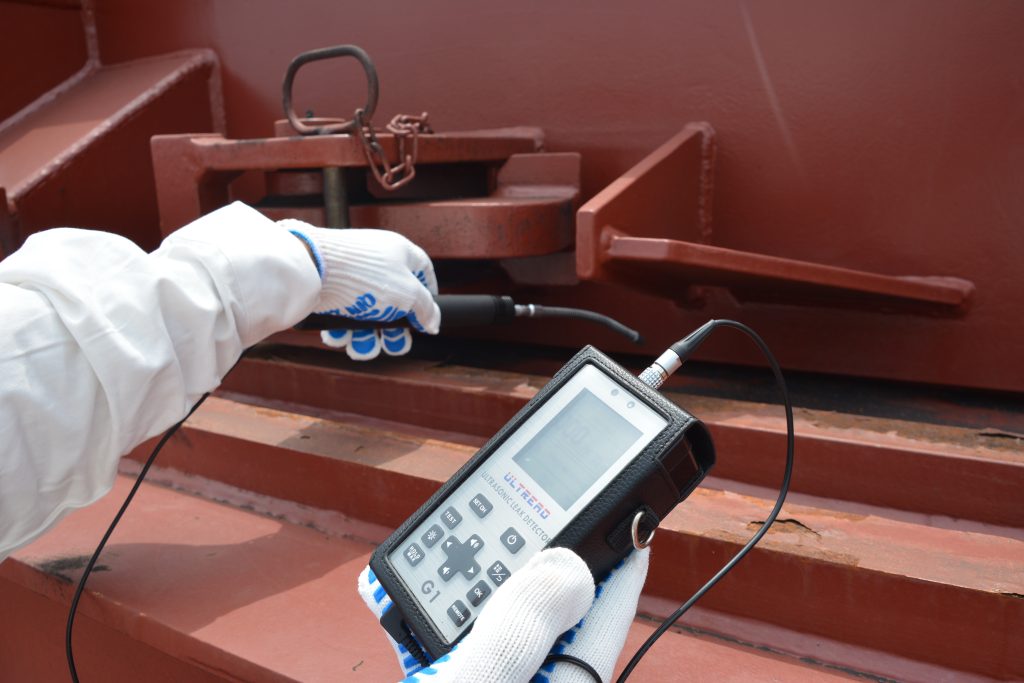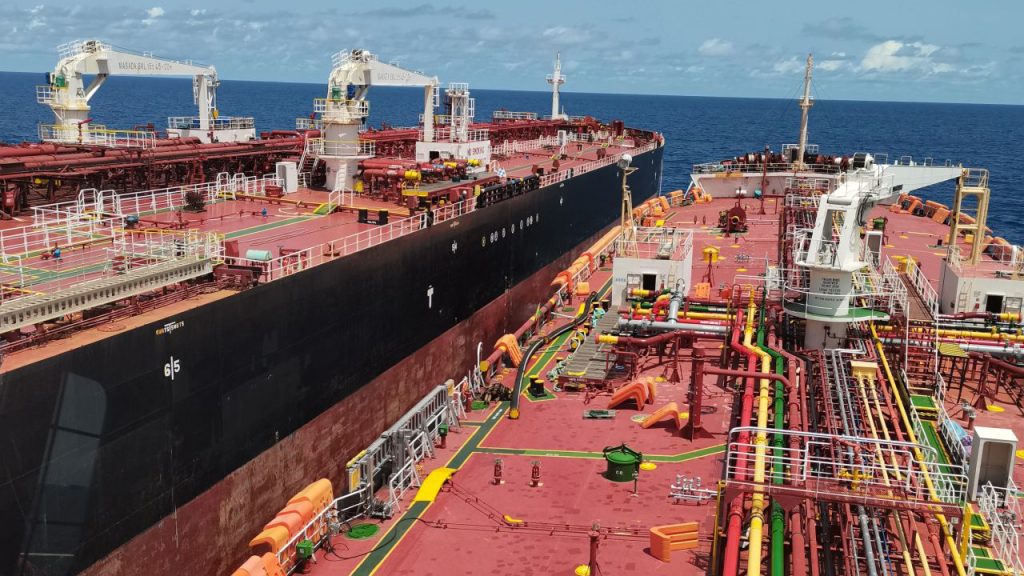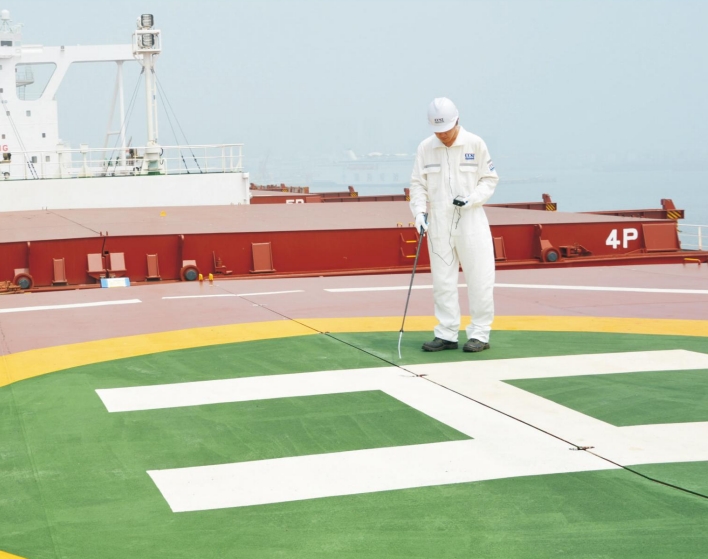The hatch cover is a key device for ensuring the watertightness of a ship.Therefore,any issue with the hatch cover will affect the ship’s seaworthiness.
At the same time,the hatch cover also serves to protect the cargo inside the hold.Hence,the hatch cover also affects the ship’s suitability for cargo.

Regulations Related to Hatch Covers
- Hatch Cover Design
The relevant rules involved in hatch cover design are mainly IACS UR S21 and UR S30.
- IACS UR S21
This rule is the more updated hatch cover design rule.Compared to the old one,the main changes are that it strengthens the forward hatch covers to resist green-water loads and enhances the hatch coaming to withstand wave-slap loads.In addition,considering the problem of corrosion,the new design has increased the thickness of the hatch cover steel plates by 2 mm.
- IACS UR S30
This rule is intended to strengthen hatch covers No.1 and No.2 to resist transverse and longitudinal wave-slap loads,and it sets special requirements for hatch dogs and stoppers.
- Hatch Cover Inspection/Maintenance
MSC.169(79)sets out relevant requirements for the inspection and maintenance of hatch covers on bulk carriers.Shipowners should incorporate the maintenance of hatch covers into their Safety Management System(SMS)documentation.
- Methods for Maintaining Watertight Integrity
In accordance with the requirements of LOADLINE Convention Reg.16.4,the methods for maintaining watertight integrity should be satisfactory to the Administration.These arrangements should ensure watertightness under all sea conditions.
For this purpose,a watertightness test should be required at the initial survey and may also be required at periodic surveys and annual inspections,or at more frequent intervals.
- Ultrasonic Testing of Hatch Covers
In accordance with the requirements of IACS UR Z17,when ultrasonic testing of hatch covers is required,the relevant equipment must obtain type-approval from the classification society,and the surveyors must also receive training from the manufacturer.
- Requirements for Hose Test
In accordance with UR S14 2.3 and CSR BC Ch.11 sec.3,the minimum pressure should be at least 0.2 MPa,the nozzle diameter should be no less than 12 mm,and the maximum distance should be 1.5 meters.
Inspections Required by Regulations
- Statutory Inspection
In accordance with the enhanced inspection requirements contained in Article 14 of the 1966 International Load Line Convention and the amended Resolution A744(18),as part of the annual inspection,the Administration shall conduct a statutory inspection of hatch covers and hatch coamings.
However,continuous safe operation depends on a normal inspection plan established by the shipowner or operator to determine the condition of the hatch covers between two inspections.
- Onboard Inspection
The crew mainly conducts in-service checks.These inspections should be carried out when adverse weather is anticipated and after such weather,but in any case,at least once a week,provided weather conditions permit,an external inspection of the closed hatch covers and securing devices shall be conducted.
Particular attention should be paid to the condition of the hatch covers within the forward 25%of the ship’s length,which is usually the area subject to the greatest wave-slap loads.
Possible Causes of Poor Watertight and Weather-tight Integrity
According to MSC/Circ.1071,the possible causes of poor weather-tight integrity of hatch covers are:
1. Normal Wear and Tear of the Hatch Cover System
- Deformation of the hatch coaming or hatch cover due to impacts;
- Wear of friction pads(if fitted);
- Wear of clamping devices.
2. Lack of Maintenance
- Rusting of plates and stiffeners due to coating breakdown;
- Insufficient lubrication of moving parts;
- Need for replacement of clamping devices, gaskets, and rubber pads,or improper specification of replacement parts.

Cargo-worthiness-related Inspections
When a ship is hired,the shipowner and charterer often arrange a Joint on-hire B+C survey.The inspection of the ship’s condition includes the watertightness of the hatch covers.Depending on the type of cargo to be loaded,the inspections are generally divided into the following categories:
- Visual Inspection
Most ship condition surveys upon hiring only involve a simple visual inspection of the hatch covers.This primarily includes checking the hatch cover panels,rubber seals,locking devices,and water-tight devices,etc.
Some potential defects can be detected through visual inspection,such as cracks,deformations,or missing parts.However,if the hatch cover appears to be in good condition,visual inspection alone cannot determine whether the hatch cover is sealed.
- Light Test
The light test is a relatively simple method.The hatch cover is closed,and the surveyor enters the cargo hold to check whether any light is entering the hold.Sometimes a flashlight is needed to assist with the inspection.
- Hose Test
Due to its convenience, the hose test is quite common and is usually conducted before loading the cargo.
The test requires that after closing the hatch cover,a hose with a nozzle diameter of 15-18 mm is used to spray water at a distance of about 1 meter from the seam,with a water pressure of at least 0.2 MPa.The speed of moving the hose should be such that it does not exceed 1 meter in 3 seconds.
Then the hatch cover is opened to check whether there is any water leakage inside the hold. Sometimes,during the spraying process,personnel are sent directly into the hold with a flashlight to inspect for leaks.
- Chalk Inspection
The chalk inspection is conducted after the cargo is loaded,especially when there are concerns that the hose test might damage the goods.
Chalk is applied to the compression bar where the rubber seal of the hatch cover makes contact.After closing and reopening the hatch cover,the presence of chalk marks on the rubber seal is checked.If there are areas without chalk marks,it indicates a potential lack of sealing in those areas.
The chalk inspection is relatively simple but not very accurate.It is only used as a reference.
- Ultrasonic Test(UT)
The UT test is a popular and convenient method.It can even be performed after the cargo is loaded,such as with steel cargo.
The UT test involves placing a transmitter inside the hold and closing the hatch cover.The inspector uses a detector outside the hatch cover to check the OH value.When the hatch cover is open,the OH value is 100%.When the hatch cover is closed,if it is properly sealed,the OH value should be 0%.If the OH value exceeds 10%,it is considered not to meet the watertight and weather-tight standards.

Watertightness and Weather-tightness of Hatch Covers
Whether it is to ensure seaworthiness or cargo-worthiness,it is sufficient that the hatch covers are watertight and weather-tight at the time of sailing.
If cargo damage occurs during the voyage due to exceptionally severe weather conditions,the shipowner can be exempted from liability by proving due diligence,provided that they can produce relevant evidence of the maintenance,inspection,and care of the hatch covers.
The environment that a ship encounters while sailing at sea is extremely complex and harsh.
Both the Hose test and the UT test are conducted under static conditions.However,when encountering severe weather at sea,the ship is subject to various motions such as rolling,pitching,and vibration in the waves.Tests conducted in port cannot simulate the actual conditions at sea.Therefore,regular inspection and maintenance of the hatch covers are the keys to ensuring their watertight and weather-tight integrity.